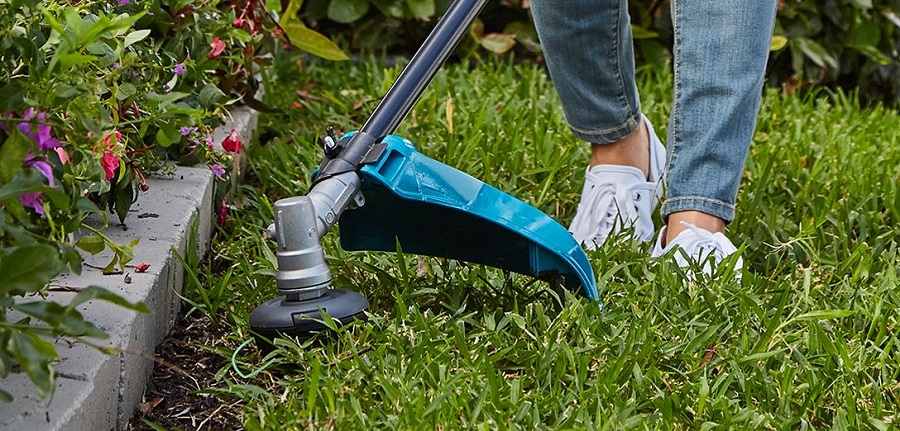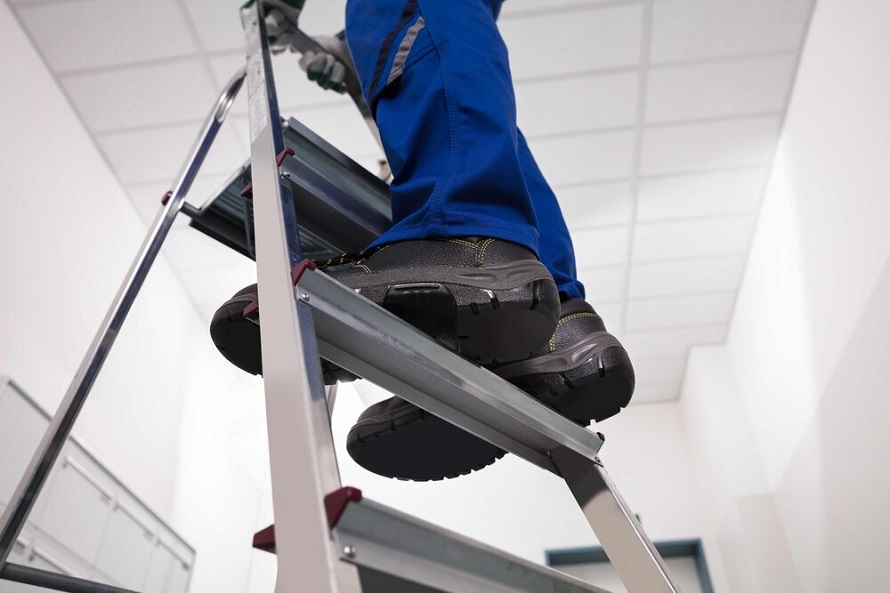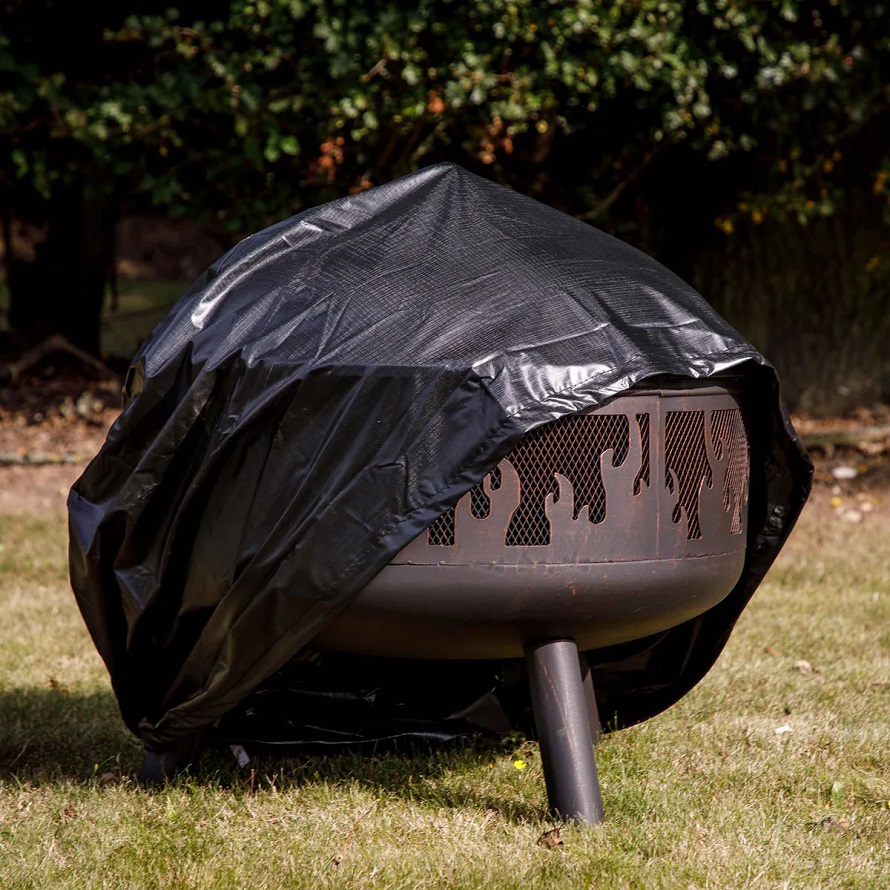Home and Garden
The Different Types and Uses of Whipper Snippers
First impressions matter to all of us and the first thing anyone sees when they look at a house is the garden, so keeping it neat should be a priority. However, there are little enemies to this perfect look and they grow everywhere, from in between your outdoor tiles, to the edges of your lawn and all around your plants. These are areas that are very hard and even impossible for a lawn mower to get to, so you will need at alternative tool for the job.
This is where whipper snippers come to the rescue. This tool can help you trim away weeds with swift motions. As with any other tool, the whipper snipper too has different models – gas and electric. Both of these models have their own advantages and choosing the right one for you and your garden depends on a few factors.
Electric Whipper Snipper
This type of model is easy to start and maintain. And compared to the gas model it also runs cleaner and is significantly quieter. You can come across two basic types of electric whipper snippers – cordless and corded.
The cordless provides more mobility and dexterity, but it requires a good battery to run. A 40 to 80 volt Lithium-Ion battery is recommended for a longer lifetime and successful completion of larger tasks.
The corded model, on the other hand, removes the power problem and has a constant supply. But it comes with a downside of dragging an extension cord along with you. This would not be a problem in an open garden, but any garden with obstacles (such as trees, ponds, rocks) can prove difficult for the corded whipper snipper.
Gas Whipper Snipper
This is a way more powerful model when compared with its electric counterpart, and is recommended for taller weeds and larger gardens. They offer a lot of mobility and a long run time, until you run out of gas, that is. All models come equipped with a pull-start, but on specific models you have the option to separately buy a push-start button. One of the most important things in gas whipper snippers is picking the correct fuelm – each model has it’s own ethanol tolerance (written on the model).
Cleaning Your Whipper Snipper
Keeping your whipper snipper clean is simple and effective since and it can make the tool more long-lasting. Follow these easy steps as to clean your tool yourself.
- Disconnect the power source – unplug, take out the battery or turn off the switch;
- With a stiff bristle brush, scrub away any dirt or grass;
- Dip it in soapy water and re-scrub any leftover debris on the deck and handle;
- Dry all parts of the whipper snipper to avoid any potential damage;
- Open the filter cover and take out the filter. Wash the filter with soapy water. Rinse the filter with fresh water and let it dry. Cover the filter with a thin layer of oil and squeeze out any extra oil. Put the air filter back along with the cover (this should be done after every 10 hours of use).
- Remove the spark plug with a socket wrench. Clean the placeholder of any dirt or debris. Check the spark plug. If its tip is black, replace it, if not, put it back in (should be done after every 25 hours of use).
- Reconnect the power to the whipper and test it, to ensure that everything is working properly.
Tips on Using a Whipper Snipper
Knowing how to properly use your whipper snipper is key to shaping your garden the way you want without accidentally destroying some area. Here are a few tips to keep in mind.
- Spin Direction – Just like a saw ejects sawdust, the whippers too need to eject grass debris. If your whipper spins counter-clockwise, you should cut with the right side, since it will eject on its left side. If you however, cut with the left side, you will end up ejecting debris in your cutting path. This may result in bogging of your trimmer and scalping and scaring of your grass patches.
- Tapering – Tapering is cutting the grass at a slight angle. This is useful because if you align the deck of the whipper, parallel with the weeds, that would mean the cutting string needs to cut a bundle of grass in one sweeping motion. That is not an efficient way to cut since you won’t remove all of it.
- Scything – This technique comes in useful when you’re up against an obstruction of tall grass that’s hard to eliminate. Scything is the act of swinging the tool in a ‘U’ shape and with each swing you bring it in and out of the work space which makes for a very efficient move.












